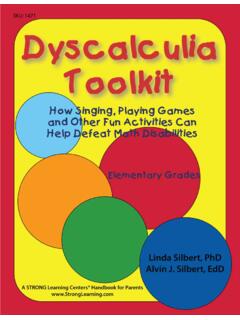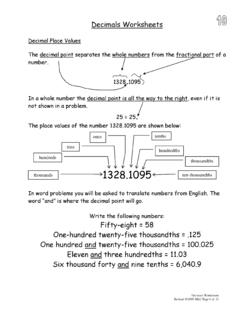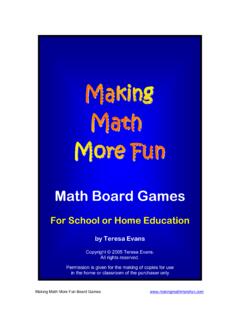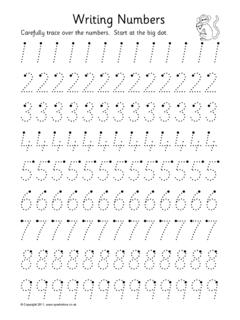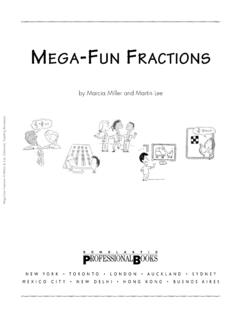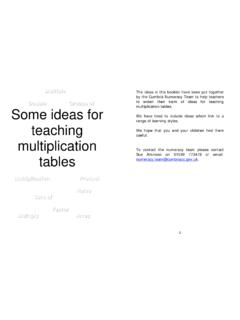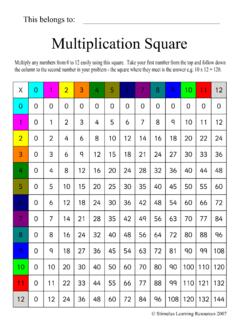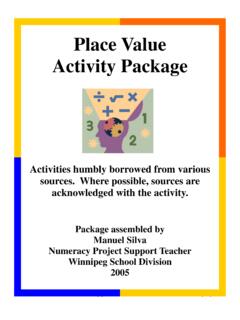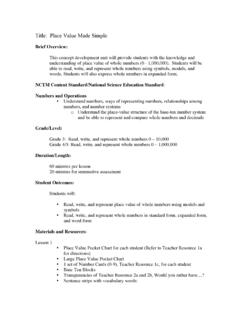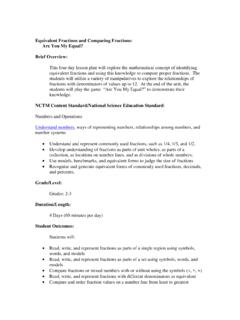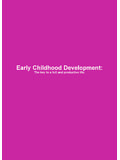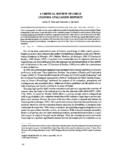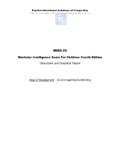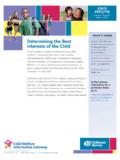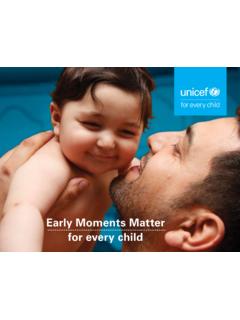Transcription of 81 Fresh & Fun Critical-Thinking Activities - …
1 81 Fresh & FunCritical-ThinkingActivitiesEngaging Activities and Reproducibles toDevelop Kids Higher-Level thinking Skillsby Laurie RozakisSCHOLASTICBPROFESSIONALOOKSNew York Toronto London Aukland Sydney81 Fresh & Fun Critical-Thinking Activities Laurie Rozakis, Scholastic Teaching ResourcesDedicationWith love and thanks, I dedicate this book to all the fine teachers who haveenriched my life: Barbara Bengels, Chris LaRosa, Ed Leigh, Jack McGrath,Jim Pepperman, Jennifer Richmond, Elizabeth Simmons, Lenore Strober,and Tom Inc. grants teachers permission to photocopy the activity sheets from this book for class-room use.
2 No other part of this publication may be reproduced in whole or in part, or stored in aretrieval system, or transmitted in any form or by any means, without written permission of the pub-lisher. For information regarding permission, write to Scholastic Professional Books, 555 Broadway,New York, NY design by Jaime Lucero Interior design by Jaime Lucero and Robert Dominguez for Grafica, illustrations by Maxie ChamblissISBN: 0-590-37526-1 Copyright 1998 by Laurie Rozakis. All rights reserved. Printed in the Fresh & Fun Critical-Thinking Activities Laurie Rozakis, Scholastic Teaching ResourcesContentsIntroduction.
3 4 Recognizing and Recalling Activities .. 6 Distinguishing and Visualizing Activities .. 20 Activities for Following Directions and Classifying .. 36 Sequencing and Predicting Activities .. 50 Activities for Inferring and Drawing Conclusions .. 64 Evaluating Activities .. 74 Analyzing Activities .. 88 Synthesizing Activities .. 102 Answers .. 11581 Fresh & Fun Critical-Thinking Activities Laurie Rozakis, Scholastic Teaching Resources4 Introduction Today s students will inherit a complex and rapidly changing world, a world inwhich they ll be required to absorb new ideas, examine and interpret informa-tion, apply knowledge, and solve unconventional problems.
4 To deal with theinformation explosion of the twenty-first century, students will need to developsystematic ways of thinking and reasoning. Critical-Thinking skills will be is critical thinking ? It s the ability to: solve problems make products that are valued in a particular culture be flexible, creative, and original think about thinking locate the appropriate route to a goal capture and transmit knowledge express views and feelings appropriatelyEffective critical thinkers use one or more of the seven multiple intelligencesidentified by Dr. Howard Gardner:1. verbal/linguistic 2.
5 Logical/mathematical 3. visual/spatial 4. bodily/kinesthetic 5. musical/rhythmic 6. interpersonal (the ability to work cooperatively in a group)7. intrapersonal (self-identity) Research indicates that critical thinking is neither inborn nor naturallyacquired. In fact, fewer than half the adults in America today have the ability toreflect upon their thinking and explain how they solved a problem. Fortunately, critical thinking canbe taught and learned. This book, and itscompanion volume for younger grades, will help you teach students to reflectupon their own thinking processes and become more successful, active learn-ers.
6 Both professional educators and parents can use this book to help childrenlearn to think critically. In our daily lives, we use many Critical-Thinking skills simultaneously and notin any prescribed order. For the purposes of this book, however, the Critical-Thinking Activities are arranged in a hierarchy, beginning with the skills of 81 Fresh & Fun Critical-Thinking Activities Laurie Rozakis, Scholastic Teaching Resourcesrecognition and recall and working up to the more advanced skills of analysisand synthesis. This arrangement will help you and your students more clearlyunderstand and identify the specific Critical-Thinking skills they are using.
7 For each thinking skill in this book, there are two kinds of Activities : (1) thosethat you, as the teacher, will lead, and (2) student reproducibles for indepen-dent work. On the introductory pages for each section of the book, you ll findideas for introducing and using the student reproducibles. You can use the TryThis! activity at the bottom of each reproducible as an extension of the lesson, achallenge activity, or a homework assignment. Here are some ways you can use the lessons to help students become moreeffective thinkers:1. Read each activity aloud or have a child read it aloud to the rest of the Allow children ample time to think and respond.
8 3. Ask students questions to assess their understanding of the problem. 4. Welcome different strategies for solving the divergent Observe children as they work in order monitor theirproblem-solving Give helpful hints to those children who are havingdifficulty finding ways to approach the Guide children to link the problem to others theyhave already Encourage children to check their Help children explore their thinking and identify thestrategies that worked and those that didn t. 10. Invite students to share their critical thinking doesn t end when an individual project does, you willwant to give students sufficient time to evaluate their thinking strategies.
9 Guidestudents to formulate ways they might adjust their Critical-Thinking strategieswith the next problems they , model critical thinking for students by sharing your own problem-solv-ing strategies and accepting unusual and unexpected strategies and participation as an active learner will further reinforce the critical -thinkingskills you teach. Above all, encourage your students to see themselves as thinkers. 581 Fresh & Fun Critical-Thinking Activities Laurie Rozakis, Scholastic Teaching Resources6 Recognizing and Recalling ActivitiesTo begin thinking critically, students must first learn to recognize and recall keyinformation.
10 These skills are important for the mastery of higher-level skillssuch as classification, inferring, and Activities in this section will help students tap their prior knowledge to iden-tify and remember key facts. You can present each of the following Activities as acomplete lesson or integrate the Activities into lessons in different curriculumareas. The section begins with the easier Activities and concludes with more diffi-cult ones. Instructions for teacher-led Activities appear on the same page as theactivity. Use the teacher notes that follow for the student LinksTeacher Notes for Student ReproduciblesPage 9: Mind SqueezeThis activity tests students observation and memory skills.
